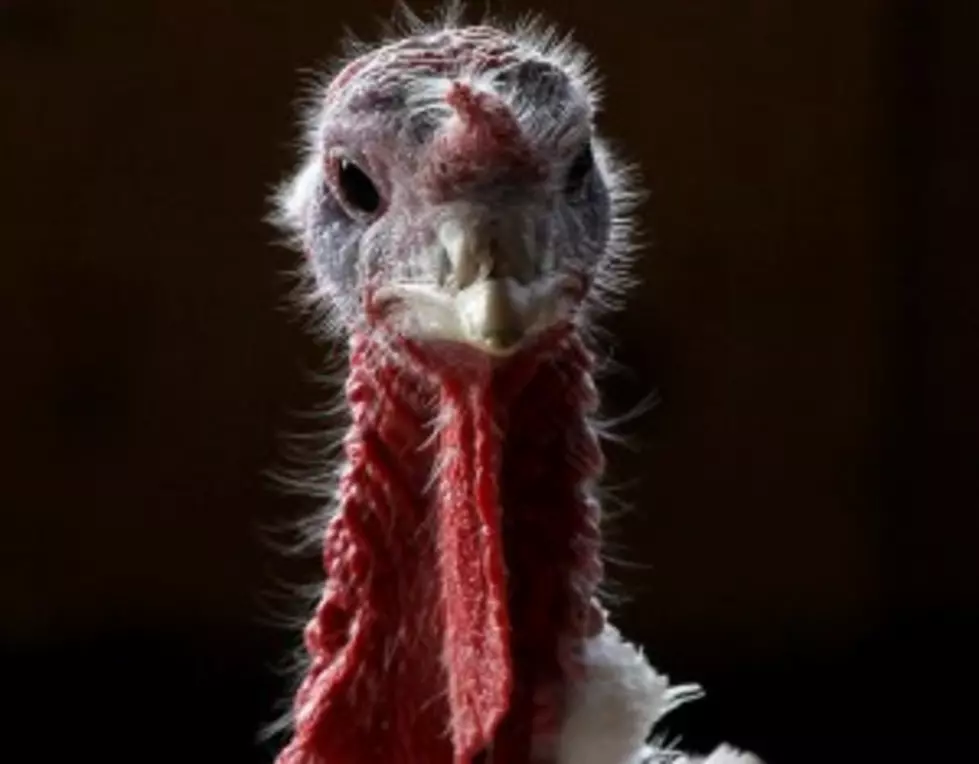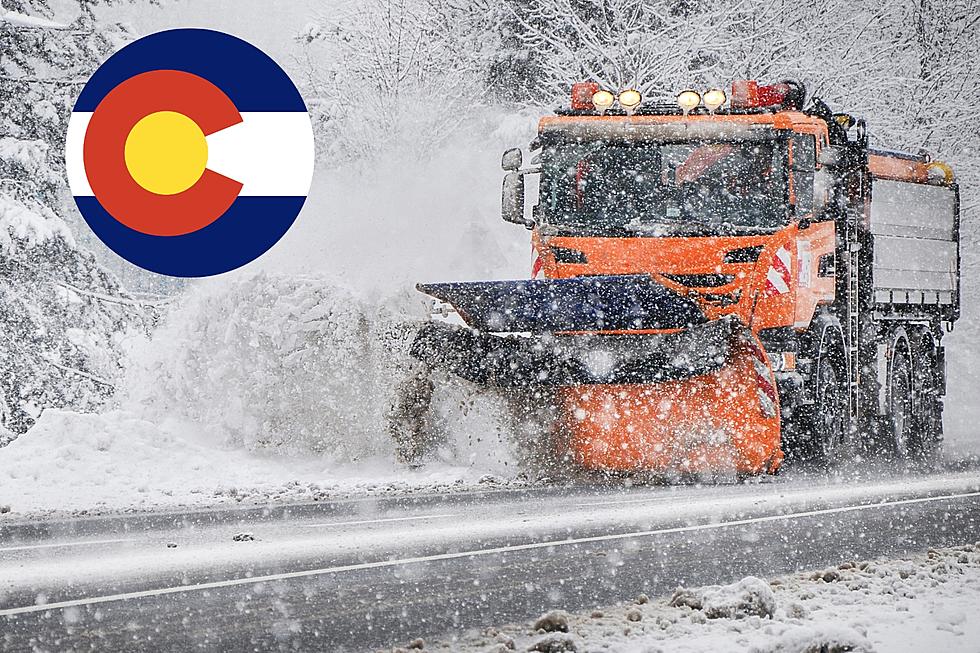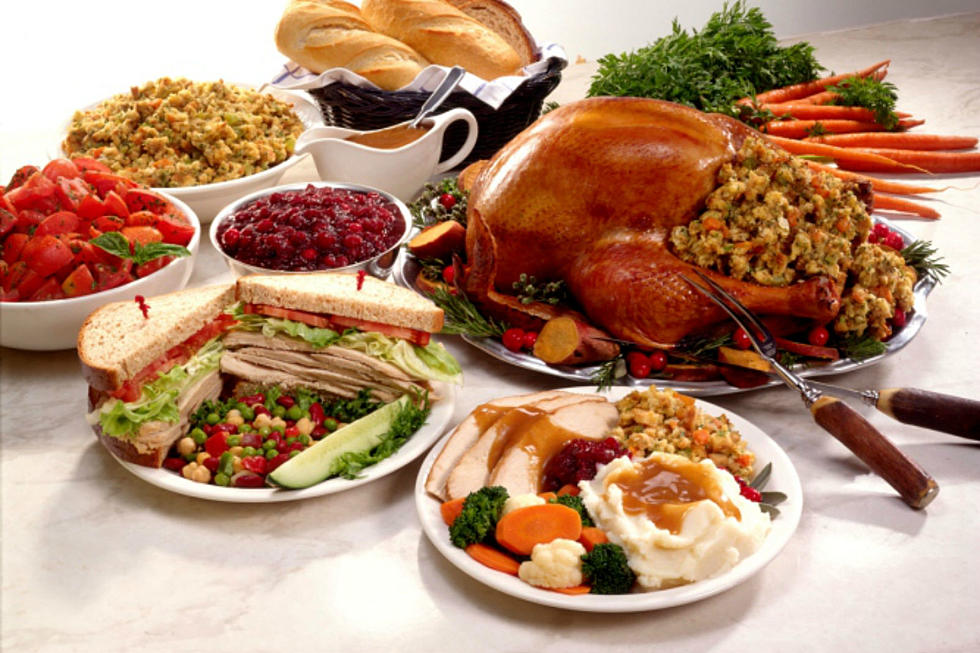
Just the Facts Please; the Turkey Facts!
It's that time of the year again where we get all festive and eat as much as we can and in as many different ways. Here are some interesting "Turkey" facts that may be of interest and then again, you may not want to know, know what I mean?
During the last three decades, the turkey industry has come from a single-product, holiday-oriented business into a fully integrated industry with a diversified product line that competes with other protein products on a year-round basis. In fact, turkey consumption has increased 102 percent since 1970, due to consumers' recognition of turkey's good taste and nutritional value.
More and more Americans are realizing that turkey is not just for the holidays. Although 50 percent of all turkey "gobbled up" in 1970 was during the holidays, today that number is around 31 percent as more people enjoy delicious turkey year-round.
Top turkey producing states:
- Minnesota
- North Carolina
- Arkansas
- Missouri
- Virginia
- Indiana
- California
- South Carolina
- Pennsylvania
- Ohio
This is all well and good and some good information but if your like me you have already said "who cares, give me the good facts." I hear your cry...so here are the "real interesting facts."
- Turkeys have heart attacks. When the Air Force was conducting test runs and breaking the sound barrier, fields of turkeys would drop dead.
- Turkeys can drown if they look up when it is raining.
- Wild turkeys spend the night in trees. They fly to their roosts around sunset.
- Gobbling starts before sunrise and can continue through most of the morning.
- A wild turkey has excellent vision and hearing. Their field of vision is about 270 degrees. This is the main reason they continue to elude some hunters.
- A spooked turkey can run at speeds up to 20 miles per hour. They can also burst into flight approaching speeds between 50-55 mph in a matter of seconds.
- Turkeys originated in North and Central America, and evidence indicates that they have been around for over 10 million years.
- Until 1863, Thanksgiving Day had not been celebrated annually since the first feast in 1621. This changed in 1863 when Sarah Josepha Hale encouraged Abraham Lincoln to set aside the last Thursday in November "as a day for national thanksgiving and prayer."
- In Mexico, the turkey was considered a sacrificial bird.
- Domesticated turkeys (farm raised) cannot fly. Wild turkeys can fly for short distances at up to 55 miles per hour. Wild turkeys are also fast on the ground, running at speeds of up to 25 miles per hour.
- Only male turkeys (toms) gobble. Females (hens) make a clicking noise. The gobble is a seasonal call during the spring and fall. Hens are attracted for mating when a tom gobbles. Wild toms love to gobble when they hear loud sounds or settle in for the night.
- The heaviest turkey ever raised weighed in at 86 pounds -- about the size of a large German Shepherd -- and was grown in England, according to Dr. Sarah Birkhold, poultry specialist with the Texas Agricultural Extension Service.
- Mature turkeys have 3,500 or so feathers. The Apache Indians considered the turkey timid and wouldn't eat it or use its feathers on their arrows.
- More than 45 million turkeys are cooked and 525 million pounds of turkey are eaten during Thanksgiving.
- Ninety percent of American homes eat turkey on Thanksgiving Day. Fifty percent eat turkey on Christmas.
- North Carolina produces 61 million turkeys annually, more than any other state. Minnesota and Arkansas are number two and three.
- Benjamin Franklin, the great American statesman, thought the turkey was so American it should have been chosen as our national symbol rather than the eagle.
- The fleshy growth from the base of the beak, which is very long on male turkeys and hangs down over the beak, is called the snood.
More From K99









